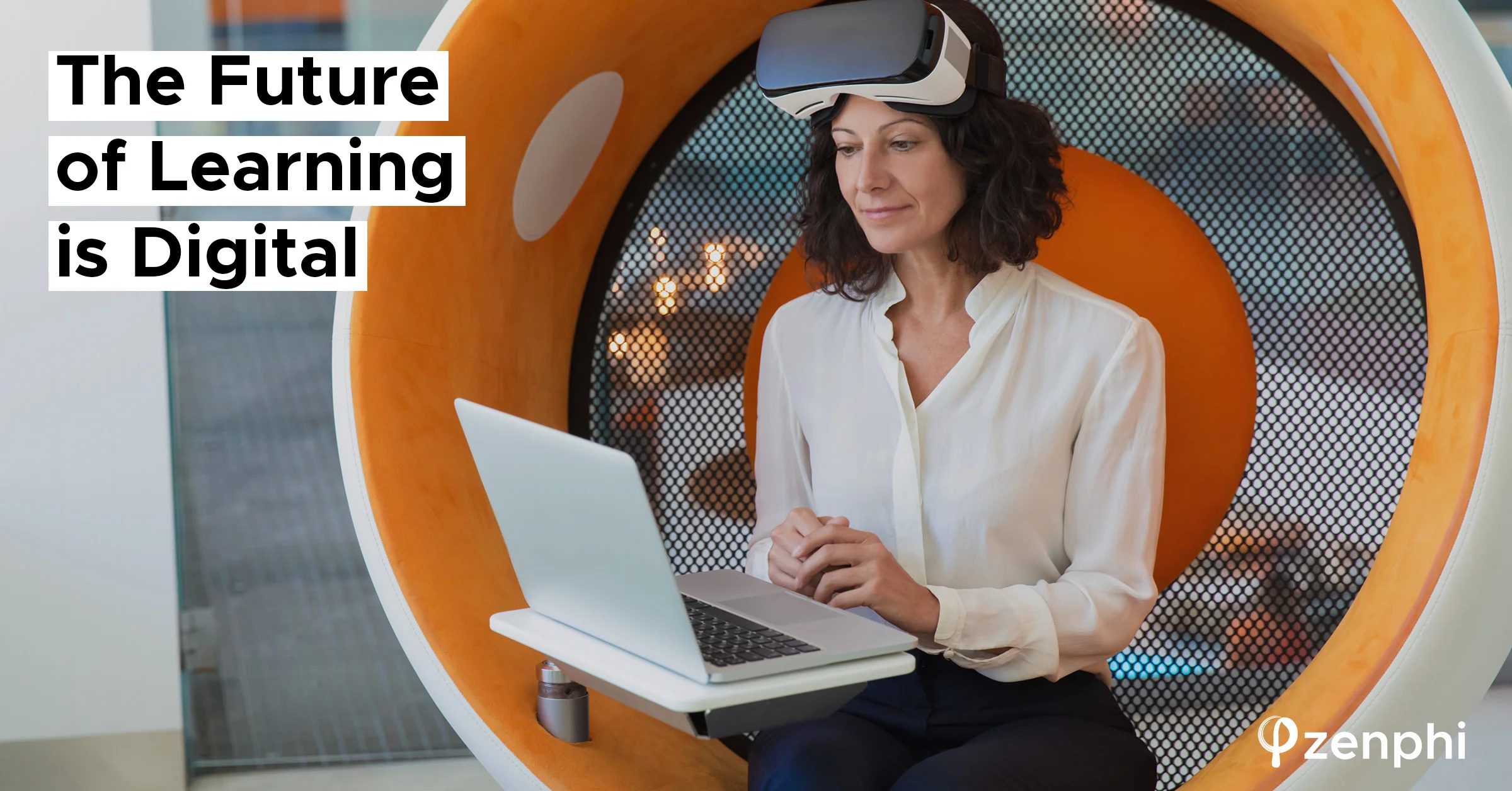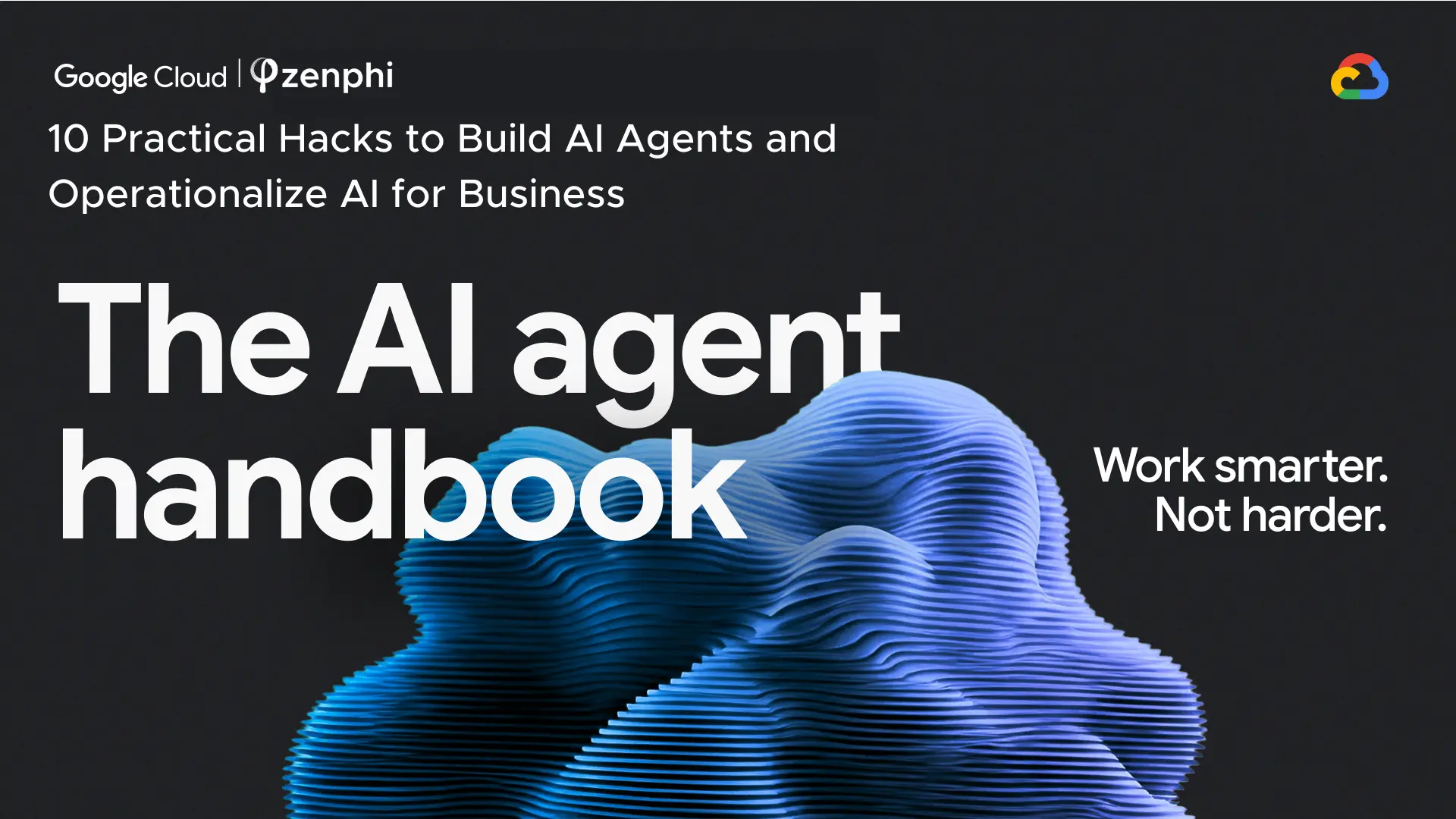Many countries feared that the global pandemic would put their education system in danger. In 2020, statistics by Unicef showed that more than one billion children were at risk of falling behind academically due to school closures and learning barriers. Fortunately, technology was able to bridge this gap, utilizing all its developments in the last few decades to provide the best benefits: availability, personalization, and interactivity. These benefits hint at a digitalized future for the educational sector, especially given how they improve the lives of both students and teachers. Here’s how:
Availability
As mentioned earlier, availability is one of the main benefits of digital learning. Aside from the more traditional forms of technology such as television and radio-based learning, 83% of countries were able to use online learning platforms. This is also thanks to the availability of audiobooks, mobile learning, and video learning. The popularity of mobile learning also rose as people became more open to technology; over 3.3 billion people are active mobile users with access to the internet. Because of this, mobile dictionaries, encyclopedias, and the like have been made available to people on the go.
Similarly, eBooks make your favorite titles accessible anywhere, as they are made portable and lightweight. You’ll also be able to read books of different lengths, languages, and genres through various online services. Video learning has also earned its spot as one of the most popular and effective learning methods. Studies have shown that in a fully online course, higher-performing students focused more on video-related resources and showed more consistency and effectiveness throughout the term. Additionally, there are many free educational channels on YouTube, which can be great for casual learners or those without access to paid resources.
Personalization
Digital learning also allows for high levels of personalization. The learning experience can now be mapped to the needs of a particular child, as teachers can see their individual performance through improved data collection. When teachers are leveraged by digital means, they can respond to problems more effectively and construct new teaching methods and skillsets much quicker. On the flip side, our minds work differently, and technology also gives us the chance to learn things the way we want to.
Microlearning, for example, refers to breaking up lessons into smaller, more digestible chunks. Some people have a higher focus threshold and prefer to sit through two-hour lectures while others with a shorter attention span fare better with four 30-minute sessions. Technology can also bring some fun into learning through gamification. Programs like Kahoot!, 99math, and Wordwall encourage students of all ages to study without feeling like they’re actually putting in work.
Interactivity
Advanced Learning Management Systems (LMS) also play a key role in education because they have made administering courses infinitely easier. LMS essentially compresses classroom environments and makes them more digitized and supported. For instance, institutions and teachers can maximize the use of a learning platform like Google Workspace for Education, which bundles 19 apps into one platform. It also provides security, cloud communication, storage, among other benefits. Using such a program boosts collaboration and communication among members of the educational community.
And while the concepts for applications like Jamboard, Duolingo, and Quizlet aren’t new, they have made it easier for students to be responsive even without face-to-face interaction. Museum trips and show-and-tells can also be replicated through virtual experiences and simulations. Moreover, technology provides tools for peer interaction, which is important to ensure that students still feel a sense of connectedness and belonging, despite not being in a physical classroom.
All in all, digital learning will continue to develop, bolstering students and teachers worldwide. We are expecting an even more widespread adoption of new technologies for both face-to-face and asynchronous learning. To learn more about how programs like Google Workspace can benefit the educational sector, check out the rest of our blog here.
exclusively written for zenphi.com
by Jem Riley


